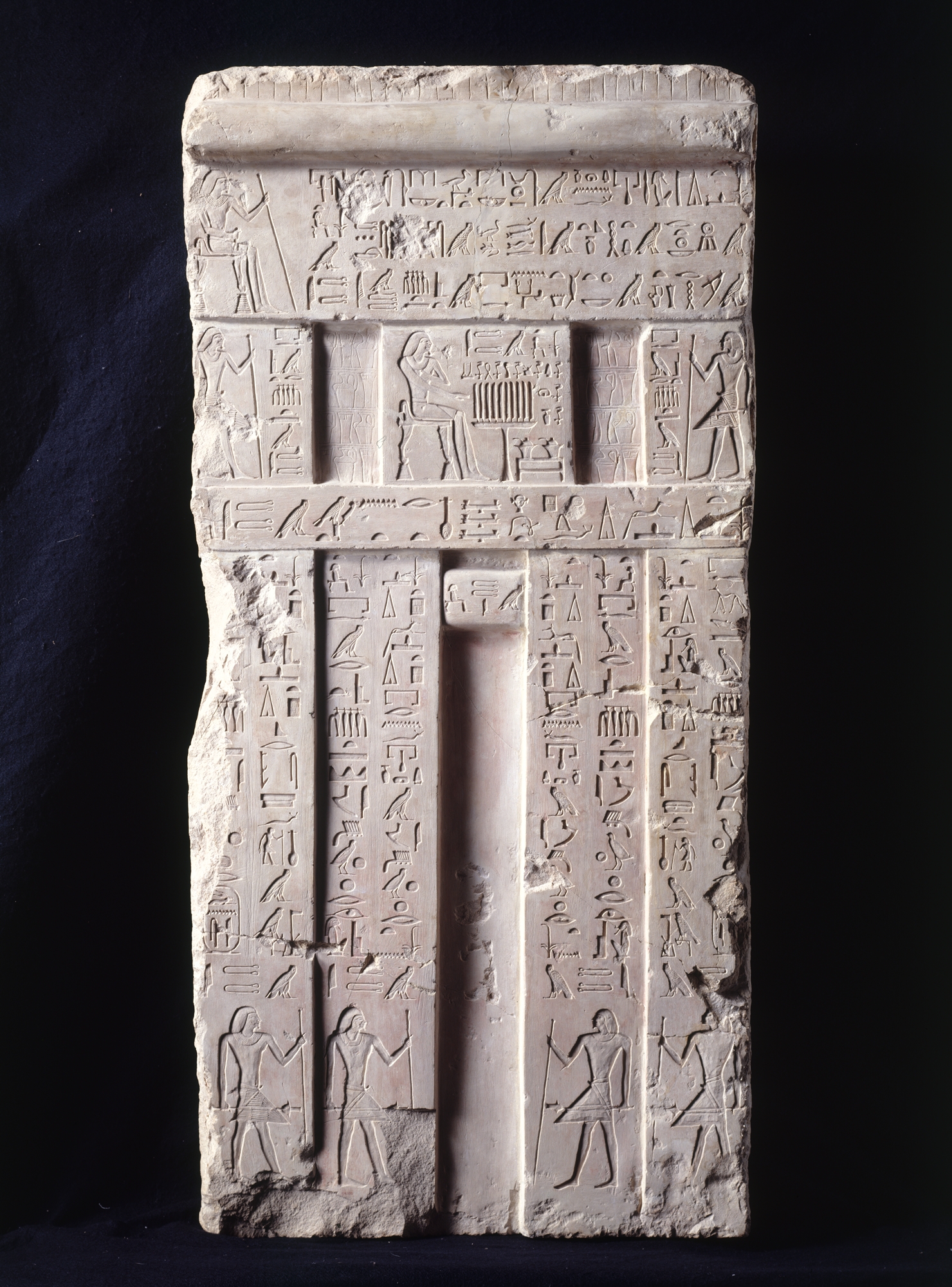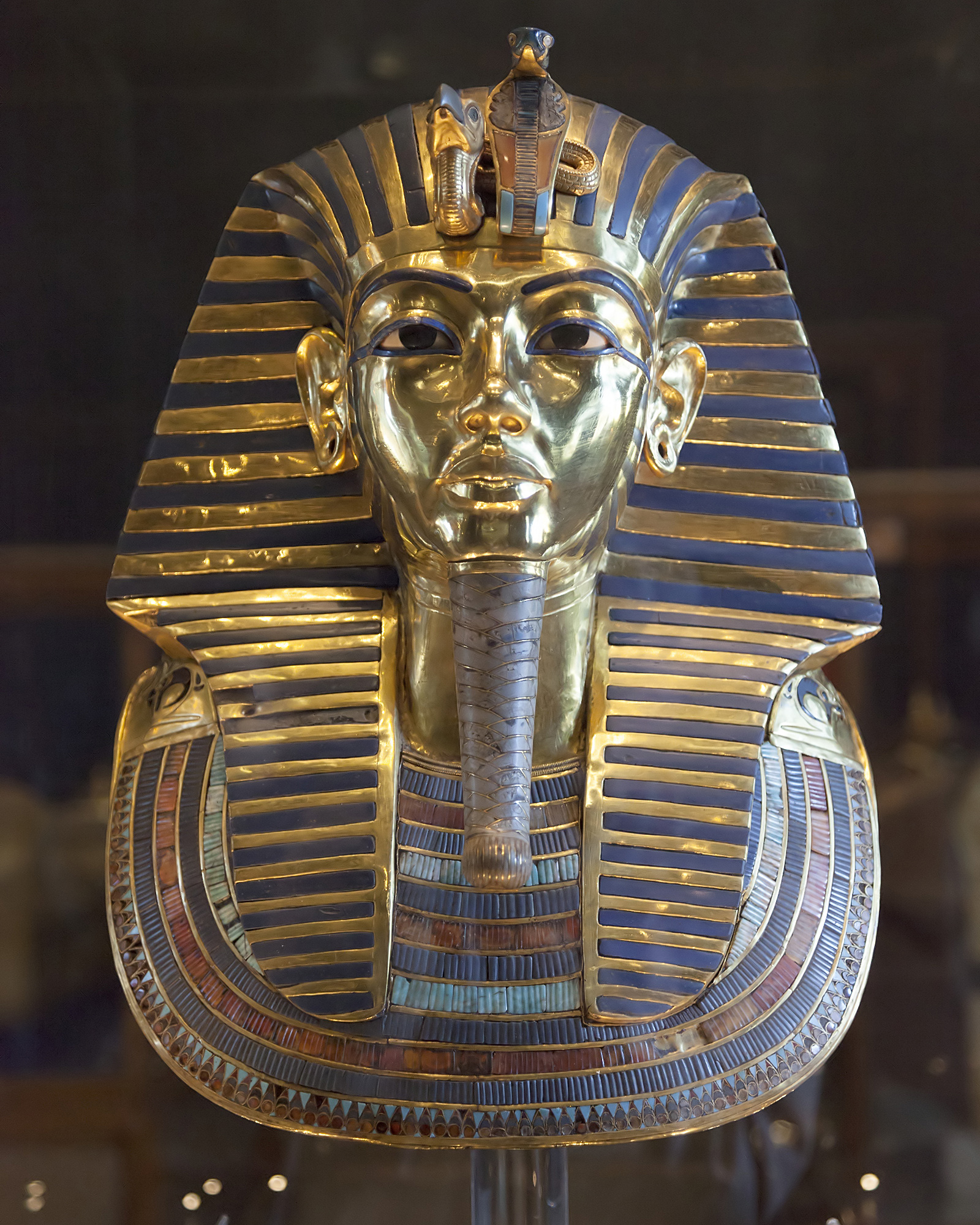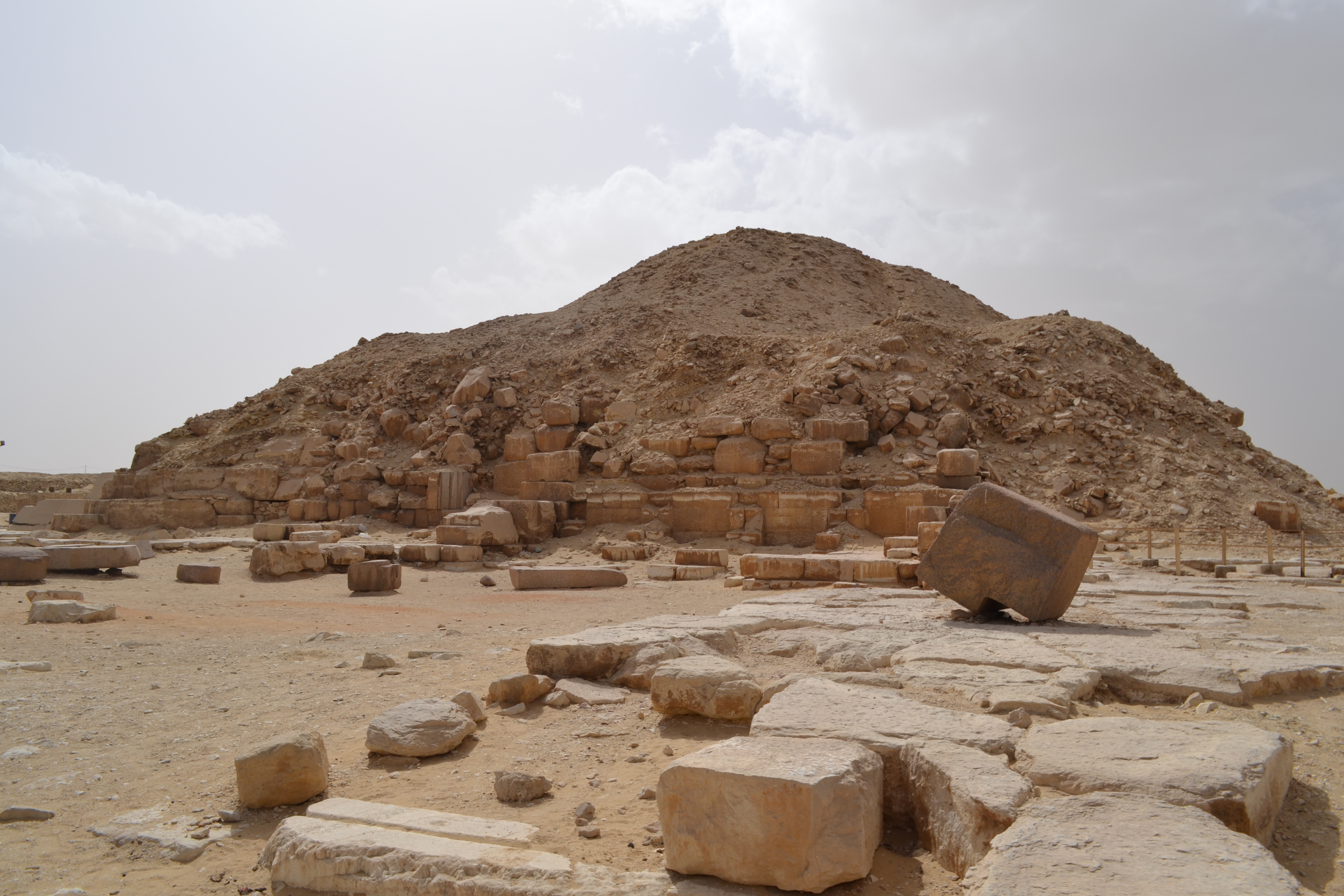|
CHEOPS
Khufu or Cheops (died 2566 BC) was an ancient Egyptian monarch who was the second pharaoh of the Fourth Dynasty, in the first half of the Old Kingdom period (26th century BC). Khufu succeeded his father Sneferu as king. He is generally accepted as having commissioned the Great Pyramid of Giza, one of the Seven Wonders of the Ancient World, but many other aspects of his reign are poorly documented.Thomas Schneider: ''Lexikon der Pharaonen''. Albatros, Düsseldorf 2002, , page 100–104. The only completely preserved portrait of the king is a small ivory figurine found in a temple ruin of a later period at Abydos in 1903. All other reliefs and statues were found in fragments, and many buildings of Khufu are lost. Everything known about Khufu comes from inscriptions in his necropolis at Giza and later documents. For example, Khufu is the main character noted in the Westcar Papyrus from the 13th dynasty. Most documents that mention king Khufu were written by ancient Egyptian ... [...More Info...] [...Related Items...] OR: [Wikipedia] [Google] [Baidu] |
Khufu Statuette
The Khufu Statuette or the Ivory figurine of Khufu is an ancient Egyptian statue. Historically and archaeologically significant, it was found in 1903 by Sir Flinders Petrie, William Petrie during excavation of Kom el-Sultan in Abydos, Egypt, Abydos, Egypt. It depicts Khufu, a Pharaoh, King of the Fourth Dynasty of Egypt, Fourth dynasty (Old Kingdom of Egypt, Old Kingdom, c. 2613 to 2494 BC), and the builder of the Great Pyramid of Giza, though it may have been carved much later, in the Twenty-Sixth Dynasty, 664 BC–525 BC. This small seated figure is the only known three dimensional depiction of Khufu which survives largely intact, though there are also several statue fragments. Most Egyptologists consider the statue contemporary with Khufu very likely from his reign. However, because of the unusual provenance, its dating has been repeatedly questioned. The Egyptologist Zahi Hawass doubts that the statuette dates to the Old Kingdom at all. His argument that the statuette belon ... [...More Info...] [...Related Items...] OR: [Wikipedia] [Google] [Baidu] |
Minkhaf I
Minkhaf I was an ancient Egyptian prince of the 4th Dynasty. He was a son of Pharaoh Khufu, half-brother of Pharaoh Djedefre and elder brother of Pharaoh Khafre., p. 60 His mother may have been Queen Henutsen.Porter, Bertha and Moss, Rosalind, ''Topographical Bibliography of Ancient Egyptian Hieroglyphic Texts, Statues, Reliefs, and Paintings'' Volume III: Memphis, Part I Abu Rawash to Abusir. 2nd edition; revised and augmented by Dr Jaromir Malek, 1974. Retrieved from gizapyramids.org Minkhaf had a wife and at least one son, but their names are not known. Minkhaf served as vizier possibly under Khufu or Khafre. Tomb Minkhaf was buried in the double mastaba numbered G 7430-7440 in the East Field, which is part of the Giza Necropolis. The construction of the mastaba started during the reign of his father Khufu.George A. Reisner, ''A History of the Giza Necropolis I'', Cambridge: Harvard University Press, 1942, pp. 70–74, Retrieved froGiza Digital Library: History of the Giz ... [...More Info...] [...Related Items...] OR: [Wikipedia] [Google] [Baidu] |
26th Century BC
The 26th century BC was a century that lasted from the year 2600 BC to 2501 BC. Events Crete * c. 2600–2400 BC: Minoan civilization, Early Minoan I period in Crete. Egypt * c. 2551–2526 BC: Reign of Khufu, second pharaoh of the Fourth Dynasty of Egypt, Fourth Dynasty. The height of the Old Kingdom of Egypt, Old Kingdom under the reigns of Khufu, Khafre and Menkaure. Khufu leads an expedition in Sinai Peninsula, Sinai and has the Great Pyramid of Giza built. During his reign, the solar cult of Ra prevails, as evidenced by the Khufu ship. His successor, Djedefre, is the first pharaoh to refer to himself by the epithet "Son of Ra". The pharaoh's divine filiation asserts itself in the second part of the Fourth Dynasty: the Ancient Egyptian royal titulary, royal title is definitively fixed with the appearance of a Nomen (Ancient Egypt), fifth royal name preceded by the title "Son of Ra". * c. 2520–2493 BC: Reign of Khafre. the Pyramid of Khafre is built, along with the Great Sph ... [...More Info...] [...Related Items...] OR: [Wikipedia] [Google] [Baidu] |
Old Kingdom Of Egypt
In ancient Egyptian history, the Old Kingdom is the period spanning –2200 BC. It is also known as the "Age of the Pyramids" or the "Age of the Pyramid Builders", as it encompasses the reigns of the great pyramid-builders of the Fourth Dynasty of Egypt, Fourth Dynasty, such as King Sneferu, under whom the art of pyramid-building was perfected, and the kings Khufu, Khafre and Menkaure, who commissioned the construction of the Giza pyramid complex, pyramids at Giza. Ancient Egypt, Egypt attained its first sustained peak of civilization during the Old Kingdom, the first of three so-called "Kingdom" Egyptian chronology, periods (followed by the Middle Kingdom of Egypt, Middle Kingdom and New Kingdom of Egypt, New Kingdom), which mark the high points of civilization in the lower Nile Valley. The Periodization of Ancient Egypt, concept of an "Old Kingdom" as one of three "golden ages" was coined in 1845 by the German Egyptology, Egyptologist Christian Charles Josias von Bunsen, Baron ... [...More Info...] [...Related Items...] OR: [Wikipedia] [Google] [Baidu] |
Pharaoh
Pharaoh (, ; Egyptian language, Egyptian: ''wikt:pr ꜥꜣ, pr ꜥꜣ''; Meroitic language, Meroitic: 𐦲𐦤𐦧, ; Biblical Hebrew: ''Parʿō'') was the title of the monarch of ancient Egypt from the First Dynasty of Egypt, First Dynasty () until the Roman Egypt, annexation of Egypt by the Roman Republic in 30 BCE. However, the equivalent Egyptian language, Egyptian word for "king" was the term used most frequently by the ancient Egyptians for their monarchs, regardless of gender, through the middle of the Eighteenth Dynasty during the New Kingdom of Egypt, New Kingdom. The earliest confirmed instances of "pharaoh" used contemporaneously for a ruler were a letter to Akhenaten (reigned –1336 BCE) or an inscription possibly referring to Thutmose III (–1425 BCE). In the early dynasties, ancient Egyptian kings had as many as ancient Egyptian royal titulary, three titles: the Horus name, Horus, the prenomen (Ancient Egypt), Sedge and Bee (wikt:nswt-bjtj, ''nswt-bjtj''), and ... [...More Info...] [...Related Items...] OR: [Wikipedia] [Google] [Baidu] |
Monarch
A monarch () is a head of stateWebster's II New College Dictionary. "Monarch". Houghton Mifflin. Boston. 2001. p. 707. Life tenure, for life or until abdication, and therefore the head of state of a monarchy. A monarch may exercise the highest authority and power in the Sovereign state, state, or others may wield that power on behalf of the monarch. Usually, a monarch either personally inheritance, inherits the lawful right to exercise the state's sovereign rights (often referred to as ''the throne'' or ''the Crown, the crown'') or is elective monarchy, selected by an established process from a family or cohort eligible to provide the nation's monarch. Alternatively, an individual may self-proclaimed monarchy, proclaim oneself monarch, which may be backed and Legitimacy (political), legitimated through acclamation, right of conquest or a combination of means. If a young child is crowned the monarch, then a regent is often appointed to govern until the monarch reaches the requisi ... [...More Info...] [...Related Items...] OR: [Wikipedia] [Google] [Baidu] |
Ancient Egypt
Ancient Egypt () was a cradle of civilization concentrated along the lower reaches of the Nile River in Northeast Africa. It emerged from prehistoric Egypt around 3150BC (according to conventional Egyptian chronology), when Upper and Lower Egypt were amalgamated by Menes, who is believed by the majority of List of Egyptologists, Egyptologists to have been the same person as Narmer. The history of ancient Egypt unfolded as a series of stable kingdoms interspersed by the "Periodization of ancient Egypt, Intermediate Periods" of relative instability. These stable kingdoms existed in one of three periods: the Old Kingdom of Egypt, Old Kingdom of the Early Bronze Age; the Middle Kingdom of Egypt, Middle Kingdom of the Middle Bronze Age; or the New Kingdom of Egypt, New Kingdom of the Late Bronze Age. The pinnacle of ancient Egyptian power was achieved during the New Kingdom, which extended its rule to much of Nubia and a considerable portion of the Levant. After this period, Egypt ... [...More Info...] [...Related Items...] OR: [Wikipedia] [Google] [Baidu] |
Egypt
Egypt ( , ), officially the Arab Republic of Egypt, is a country spanning the Northeast Africa, northeast corner of Africa and Western Asia, southwest corner of Asia via the Sinai Peninsula. It is bordered by the Mediterranean Sea to northern coast of Egypt, the north, the Gaza Strip of Palestine and Israel to Egypt–Israel barrier, the northeast, the Red Sea to the east, Sudan to Egypt–Sudan border, the south, and Libya to Egypt–Libya border, the west; the Gulf of Aqaba in the northeast separates Egypt from Jordan and Saudi Arabia. Cairo is the capital, list of cities and towns in Egypt, largest city, and leading cultural center, while Alexandria is the second-largest city and an important hub of industry and tourism. With over 109 million inhabitants, Egypt is the List of African countries by population, third-most populous country in Africa and List of countries and dependencies by population, 15th-most populated in the world. Egypt has one of the longest histories o ... [...More Info...] [...Related Items...] OR: [Wikipedia] [Google] [Baidu] |
Giza Governorate
Giza ( ') is one of the Subdivisions of Egypt#Governorates, governorates of Egypt. It is in the center of the country, situated mostly on the west bank of the Nile River opposite Cairo. Its capital is the city of Giza. It includes a stretch of the left bank of the Nile Valley around Giza, as well as a relatively small portion of the east bank (such as Ghammāzah al Kubrá and El-Saf). Giza acquired a large stretch of Egypt's Western Desert (Egypt), Western Desert, including Bahariya Oasis when the 6th of October Governorate was merged into it on 14 April 2011. The Giza Governorate is also home to the Great Sphinx and the Pyramids of Giza. Overview The rate of poverty is more than 60% in this governorate but recently some social safety networks have been provided in the form of financial assistance and job opportunities. The funding has been coordinated by the Ministry of Finance (Egypt), country's Ministry of Finance and with assistance from international organizations. Munic ... [...More Info...] [...Related Items...] OR: [Wikipedia] [Google] [Baidu] |
Khufu Ship
The Khufu ship is an intact full-size solar barque from ancient Egypt. It was sealed into a pit alongside the Great Pyramid of pharaoh Khufu around 2500 BC, during the Fourth Dynasty of the ancient Egyptian Old Kingdom. Like other buried Ancient Egyptian ships, it was part of the extensive grave goods intended for use in the afterlife. The Khufu ship is one of the oldest, largest, best preserved vessels from antiquity. It is long, wide, and 1.78 meters (5.83 ft) deep, and is the world's oldest intact ship. It has been described as "a masterpiece of woodcraft" that could sail today if put into a lake or a river. The ship was preserved in the Giza Solar boat museum, but was moved to the Grand Egyptian Museum in August 2021. History Function The history and function of the ship is not precisely known. It is of the type known as a " solar barge", a ritual vessel believed by ancient Egyptians to carry the resurrected king across the heavens with the sun god Ra. However, ... [...More Info...] [...Related Items...] OR: [Wikipedia] [Google] [Baidu] |
Great Pyramid Of Giza
The Great Pyramid of Giza is the largest Egyptian pyramid. It served as the tomb of pharaoh Khufu, who ruled during the Fourth Dynasty of Egypt, Fourth Dynasty of the Old Kingdom of Egypt, Old Kingdom. Built , over a period of about 26 years, the pyramid is the oldest of the Seven Wonders of the Ancient World, and the only wonder that has remained largely intact. It is the most famous monument of the Giza pyramid complex, which is part of the World Heritage Site, UNESCO World Heritage Site "Memphis, Egypt, Memphis and its Memphite Necropolis, Necropolis". It is situated at the northeastern end of the line of the three main pyramids at Giza. Initially standing at , the Great Pyramid was the world's List of tallest buildings and structures#History, tallest human-made structure for more than 3,800 years. Over time, most of the smooth white limestone casing was removed, which lowered the pyramid's height to the current ; what is seen today is the underlying core structure. The ba ... [...More Info...] [...Related Items...] OR: [Wikipedia] [Google] [Baidu] |
Hetepheres I
Hetepheres I () was a queen of Egypt during the Fourth Dynasty of Egypt who was a wife of one king, the mother of the next king, the grandmother of two more kings, and the figure who tied together two dynasties. Biography Hetepheres I may have been a wife of King Sneferu, and was the mother of King Khufu and grandmother of king Khafre. It is possible that Hetepheres had been a minor wife of Sneferu and only rose in prominence after her son ascended the throne. She was the grandmother of two kings, Djedefre and Khafre, and of queen Hetepheres II. Her titles include: King's Mother (''Mut-nisut, mwt- nswt''), Mother of the King of the Two Lands (''Mut-nisut-biti, mwt- nswt- bjtj''), Attendant of Horus (''Khet-heru, ḫt- hrw''), and God's Daughter of his body (''Zat-netjer-net-khetef,'' '' zꜣt- nṯr- nt- ẖt .f'').Grajetzki, ''Ancient Egyptian Queens – a hieroglyphic dictionary'', London, 2011. The marriage of Hetepheres I to Snefru solidified his rise to the throne. B ... [...More Info...] [...Related Items...] OR: [Wikipedia] [Google] [Baidu] |






